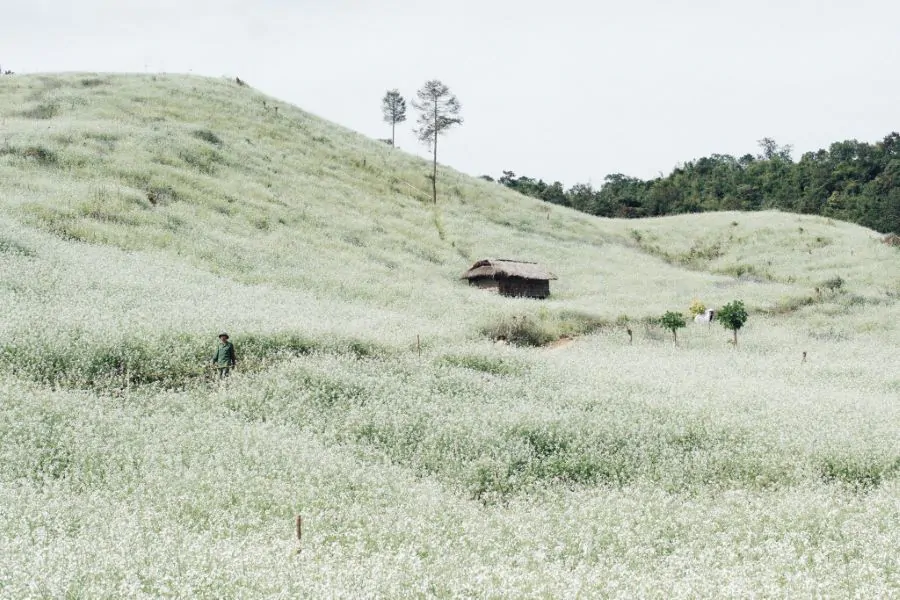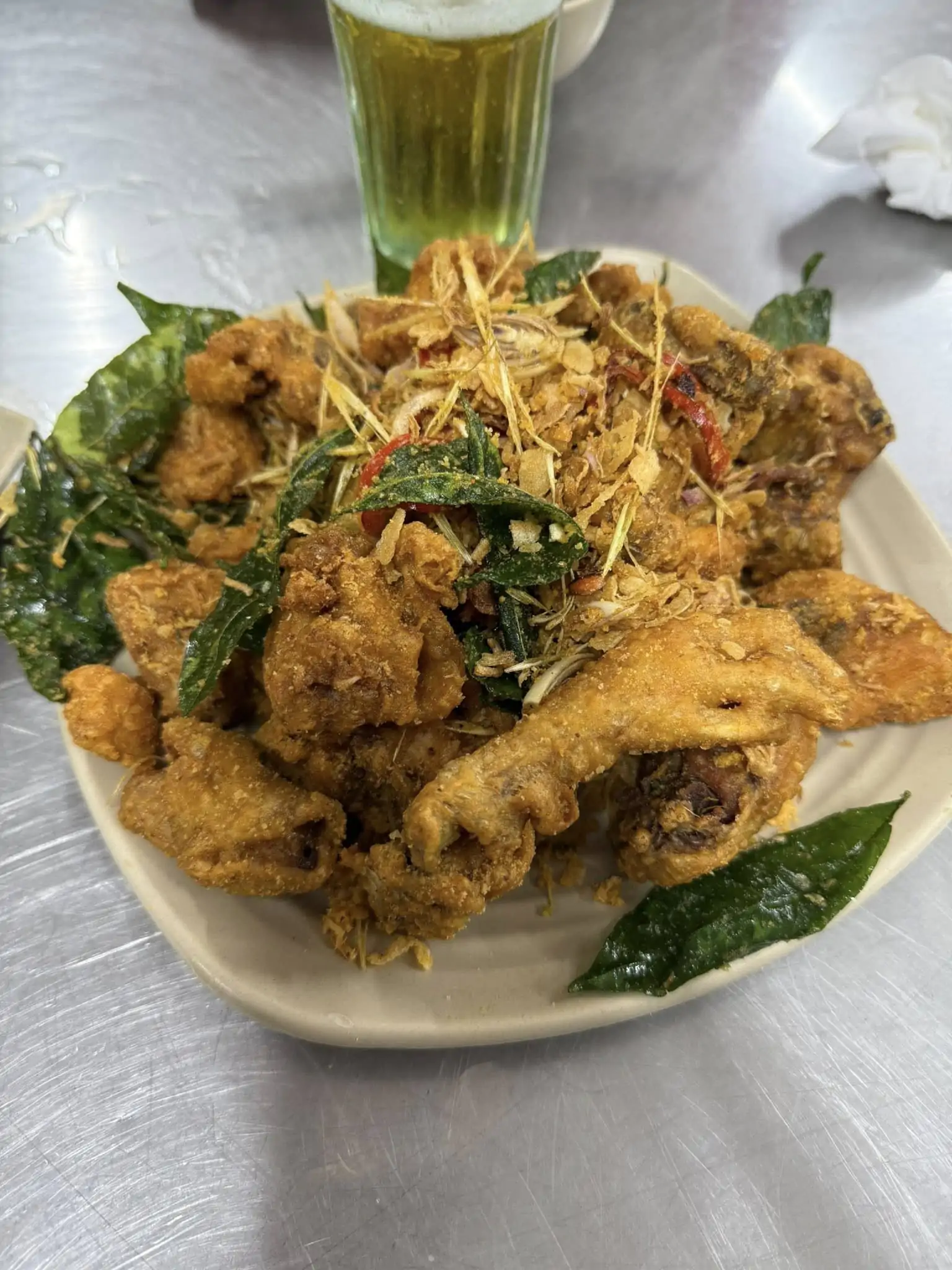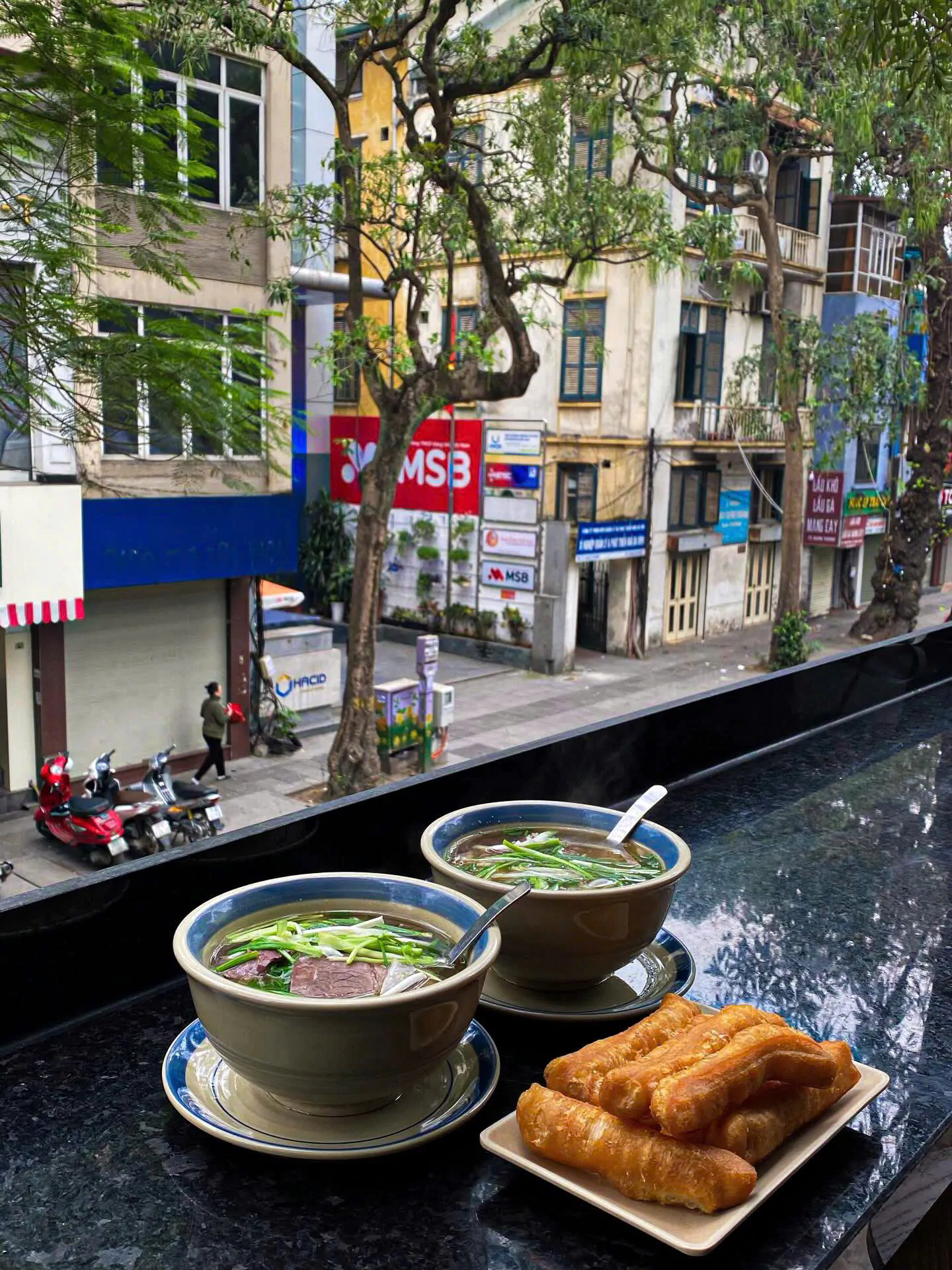Contents
The Fujian Assembly Hall in Hoi An-The ancient grace of 300-year-old architecture.
Absolutely, the Fujian Assembly Hall is indeed a must-see for anyone exploring Hoi An. Its significance extends beyond just architectural beauty; it’s a living symbol of the town’s rich cultural and spiritual heritage. As visitors wander through its ornate halls and tranquil courtyards, they’re immersed in centuries of tradition and history. For the local community, it’s more than a tourist attraction—it’s a cherished place of worship and reverence, embodying the collective spirit of generations past and present.
Hoi An, revered as one of Southeast Asia’s most enchanting cities, beckons travelers from near and far with its timeless allure. At the heart of its appeal lies the Ancient Town, a UNESCO World Heritage Site cherished for its cultural treasures. Among its esteemed landmarks stands the Assembly Hall of the Fujian Chinese Congregation, a cornerstone of historical significance and architectural splendor.
This assembly hall, one of five esteemed in the town, magnetizes visitors with its resplendent façade, steeped in centuries of history. Within its walls, echoes of the past reverberate, inviting exploration into its rich cultural tapestry. Each corner unveils mysteries waiting to be discovered, offering a captivating journey through Hoi An’s storied past. For those drawn to architectural marvels and cultural immersion, the Assembly Hall of the Fujian Chinese Congregation stands as an unmissable gem amidst Hoi An’s treasures.

1. About Fujian Assembly Hall in Hoi An
1.1. Location of Fujian Assembly Hall
- Address: 46 Tran Phu Street, Cam Chau Ward, Hoi An City, Quang Nam Province
- Opening hours: 8 AM – 5 PM daily
- Ticket fees: Free entry to Fujian Assembly Hall (Please note that Hoi An Ancient Town’s entrance fee is 120,000 VND/person for international tourists, which includes 5 visiting sites)
How to get to the Assembly Hall Of Fujian Chinese Congregation?
The Ancient Town is conveniently located in Hoi An city center. Upon entering the Ancient Town, the iconic Japanese Covered Bridge (Chua Cau) will greet you. From there, head towards Tran Phu Town Center (located on the right side of Bach Dang street and opposite Nguyen Thi Minh Khai Street). After a leisurely 6-minute walk, you’ll arrive at the Fujian Assembly Hall situated at 46 Tran Phu Street
1.2. History of Fujian Assembly Hall
The Assembly Hall of the Fujian Chinese Congregation, known as Fujian Assembly Hall or Phuc Kien Assembly Hall (Hoi Quan Phuc Kien in Vietnamese), holds a profound historical legacy dating back to the 1690s in Hoi An. The term “Fujian” (福建), known as Fukien (Phuc Kien or Phuoc Kien in Vietnamese), denotes a coastal province in Southern China and the ethnic group originating from that region.

Delving into Chinese history, in 1649, the Qing dynasty emerged victorious in a decisive war against the Ming government. Following the collapse of the Ming Dynasty, numerous Fujian families embarked on migrations to Southeast Asia, including Vietnam. Under the auspices of Lord Nguyen, the ruler of the Inner Realm (Central and Southern Vietnam), these migrants found refuge in Hoi An and established Minh Huong Village. It was within this enclave that the Fujian Assembly Hall took root, serving as a communal hub for the burgeoning Fujianese population—the largest concentration of Chinese residents in Hoi An during that era.
An untold facet of its history unveils the original incarnation of the building as a thatched-roof Buddhist pagoda, known as Kim Son, erected by the industrious locals of Hoi An in 1692. However, as the tides of time swept on, the pagoda gradually succumbed to the wear of the years, falling into disrepair.
It was during this juncture that Fujian merchants recognized the strategic potential of the location for both trade and communal gatherings. Thus, they made the astute decision to acquire the dilapidated pagoda, setting the stage for a remarkable transformation. Through meticulous restoration efforts, the temple was reborn, shedding its former identity to emerge anew as the Phuc Kien Assembly Hall, a testament to the resilience of the human spirit and the enduring bonds of community.
Since its rechristening in 1759, the hall has stood as a bastion of reverence, dedicated to the veneration of ancestors and the adoration of Thien Hau, also known as Mazu or Tian Hou—the revered Chinese sea goddess. In her divine grace, Thien Hau bestows blessings upon fishers and sailors, ensuring their safe passage through the treacherous waters of the ocean.
2. Highlights of the Fujian Assembly Hall in Hoi An
2.1. Unique architecture of the Fujian Assembly Hall
Covering an expansive 2000 square meters of land, the Phuc Kien Assembly Hall stands as a testament to the exquisite craftsmanship of Fujian artistry and ancient Chinese construction techniques. Its architectural marvels reflect the iconic design principles of the Fujianese tradition.
The hall’s structural layout embodies the essence of the Han character “三” (pronounced “Tam” in Vietnamese), meaning “Three.” This symbolism manifests in the arrangement of three main sections, each running in parallel: the front hall, main hall, and backside. These sections are intricately layered, creating a visual tapestry that captivates visitors with its harmonious proportions and intricate detailing.
Highlighted Features:
- Main Gate: Welcoming visitors from the bustling street, the grand main gate serves as a stately entry point, beckoning guests into the sanctuary of the assembly hall.
- Entry Yard: Beyond the main gate lies the entry yard, a tranquil space where visitors can pause and contemplate amidst the serenity of the surroundings, setting the stage for a journey of cultural exploration within the hall’s hallowed halls.

Three-arched gate (Tam Quan Gate)

The hallmark of the Fujian Assembly Hall’s entrance is the magnificent three-arched gate, a physical manifestation of the profound concept of “heaven-earth-human.” Constructed in 1975 entirely from brick and tile, this gate stands as a symbol of the enduring connection between the celestial realm, the earthly plane, and humanity.
Each of the three arches serves as a portal, representing the harmonious interplay between heaven, earth, and humanity. While the left and right entrances remain open, adhering to the traditional belief of “left for men, right for women,” the central main door is predominantly kept closed—a gesture aimed at warding off ill fortune and safeguarding the sanctity of the space within.
Guarding the threshold of the gate stand two imposing stone statues of Chinese guardian lions, positioned on the left and right sides. These majestic creatures, revered for their protective qualities, are believed to ward off malevolent spirits and usher in auspicious energies of luck and prosperity. As guardians of the entryway, they stand sentinel, ensuring the safety and well-being of all who pass through the hallowed portals of the Fujian Assembly Hall.
The assembly hall also hosts numerous religious festivals annually, providing attendees with the opportunity to partake in unique cultural traditions. Some of the most notable festivals include:
– Lantern Festival (15th day of the first lunar month)
– Six Deities Procession honoring the six generals of Phuc Kien (16th day of the second lunar month)
– Chinese God of Wealth Offering Ceremony – Tsai Shen (2nd day of the second lunar month)
– Thien Hau Holy Mother Offering Ceremony (23rd day of the third lunar month)
3. Tips for Visitors to Phuc Kien Assembly Hall
When visiting Phuc Kien Assembly Hall in Hoi An, visitors should adhere to the following etiquette:
• Dress appropriately when entering the temple: Please dress modestly and respectfully when entering the sacred space of the temple.
• Keep your voice down inside the temple: To show reverence and respect for the deities and religious beliefs, please keep quiet or speak softly inside the temple.
• Be mindful of your belongings during crowded ceremonies: During festivals or crowded events, please be mindful of your belongings to avoid inconveniencing others or causing distractions during the ceremonies.
• Avoid smoking or stepping on animal statues: To preserve the sanctity of the religious space and respect religious customs, please refrain from smoking or stepping on animal statues within the temple grounds.
• Best time to visit the assembly hall is from 9 AM to 1 PM: The optimal time to visit Phuc Kien Assembly Hall is between 9 AM and 1 PM when it is less crowded, allowing you to enjoy the space comfortably.
• From Phuc Kien Assembly Hall, you can easily walk to nearby historical landmarks in Hoi An Old Town, such as Quan Cong Temple, Hoi An Folklore Museum, and the market, An Bang Beach , Japanese Covered Bridge , Quan Cong Temple , Quan Thang Ancient House , Tan Ky Old House, Countryside Sites, Cam Thanh Village etc.. These places offer diverse experiences, ranging from pristine beaches and bustling cities to charming historical sites and enchanting landscapes.
4. Conclusion
To ensure the best vacation experience in Hoian, it’s important to plan and book in advance. Among the many tour companies offering services in Vietnam, Discover Vietnam Tours is a great option for arranging your travel itinerary with just a few emails and WhatsApp messages. They provide airport transfers, accommodation booking, tour guides, drivers, and customizable activities based on your preferences.
With their assistance, you can tailor your trip according to your desired schedule and preferences, ensuring a seamless and enjoyable travel experience throughout Vietnam.




























